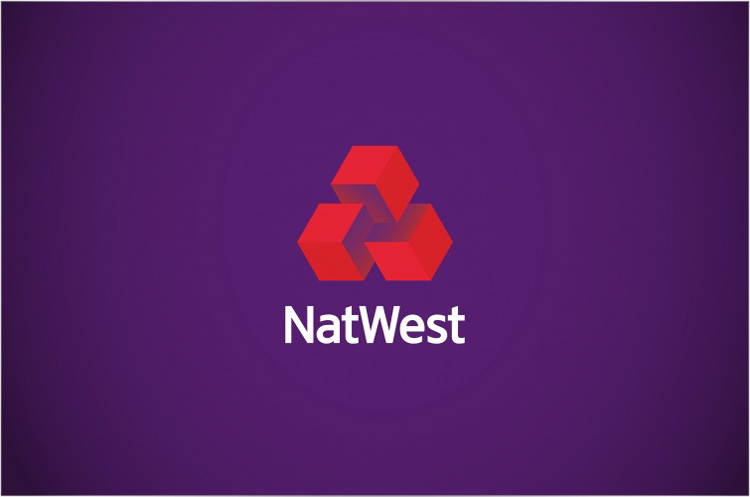
Monotype launches app that identifies typefaces in world around us
WhatTheFont uses image recognition technology that enables people to discover what fonts are being used in real life, simply through snapping a photo of an object or sign.
From dating app redesigns to light-up projection pedestrian crossings, the most popular digital design stories of the year.

WhatTheFont uses image recognition technology that enables people to discover what fonts are being used in real life, simply through snapping a photo of an object or sign.

The Xperia Touch uses Sony’s SXRD projection display technology to allow users to stream videos, play games or enable designers to “build and create” on any available flat surface.

The social media platform has taken on a “cleaner” look, with a logo incorporating a play button symbol and an app that aims to be more “intuitive”.

The infamous “swipe-right” dating app has a new, minimal logo of a flame symbol created by DesignStudio, and a “cleaner” app design with a greater focus on photography.

Starling Crossing is a prototype road design that would see crossings light up at busy times and disappear when nobody needs them.
Studio Output has created eight digital concepts that aim to alleviate the anxiety and depression that apps such as Instagram and Facebook have been shown to cause those aged under

Trips has been designed by Lonely Planet’s in-house product team, and allows users to post photos, videos and stories about their travels.

The new digital studio is based in Bristol and has employed 80 software engineers, designers and analysts to relaunch the bank’s browser and mobile platforms.

The app has been redesigned in-house, and now has different sections for photos and videos from users’ friends and content created by publishers such as the New York Times.

The website has been designed by Stink Studios alongside Pitchfork’s creative team, and aims to drop the “manly” aesthetic associated with craft beer and make the topic more “accessible” to